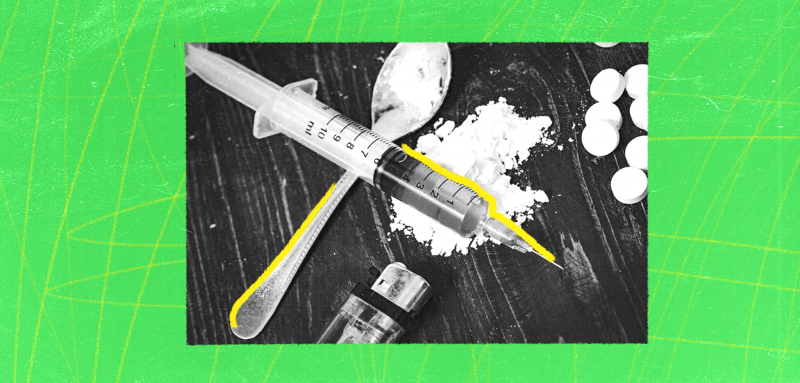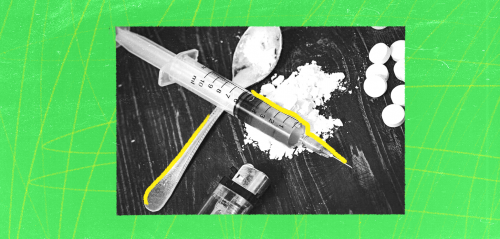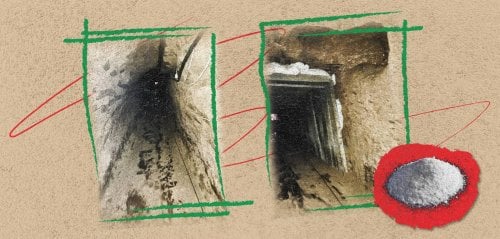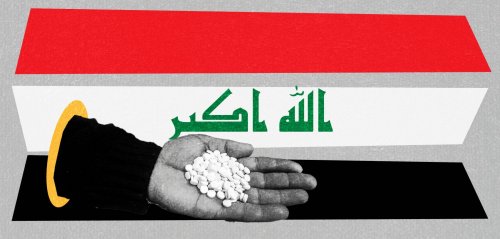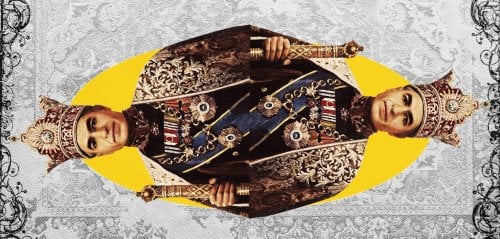"I'll try it just once" and "One-time use won't lead to addiction"; these two phrases have been the downfall of many. Experimenting with drugs, even just once, can be enough to ensnare an individual in the clutches of addiction, leading them down an unrelenting path of destruction, regardless of their age.
In Iran, drugs are alarmingly prevalent in all their various forms. The country's proximity to Afghanistan, one of the world's primary drug cultivation hubs, makes it a bridge and crucial link for smugglers from Afghanistan to Europe. However, this illicit trade does not traverse Iran without leaving an indelible mark. The nation bears the burden of widespread drug-related issues, scattered across its vast expanse.
Iran's history with drugs
Iran possesses a lengthy history of drug use, particularly involving opium and cannabis. Since the Safavid era (1501-1763), Iranians have incorporated these two narcotic substances into their lives. Their use was common and habitual, as they served as potent medicine and sedative for various ailments.
In Iran, drugs are alarmingly prevalent in all their various forms. The country's proximity to Afghanistan, one of the world's primary drug cultivation hubs, makes it a bridge and crucial link for smugglers from Afghanistan to Europe
This scenario endured until the time of the first Pahlavi monarch, Reza Shah, when opium smoking gained popularity among the populace. Things reached a point where dedicated places for the consumption of opium, known as "Dar Al-Shifa" (House of Healing), were established during this period. Opium was also distributed through pharmacies, albeit in restricted quantities.
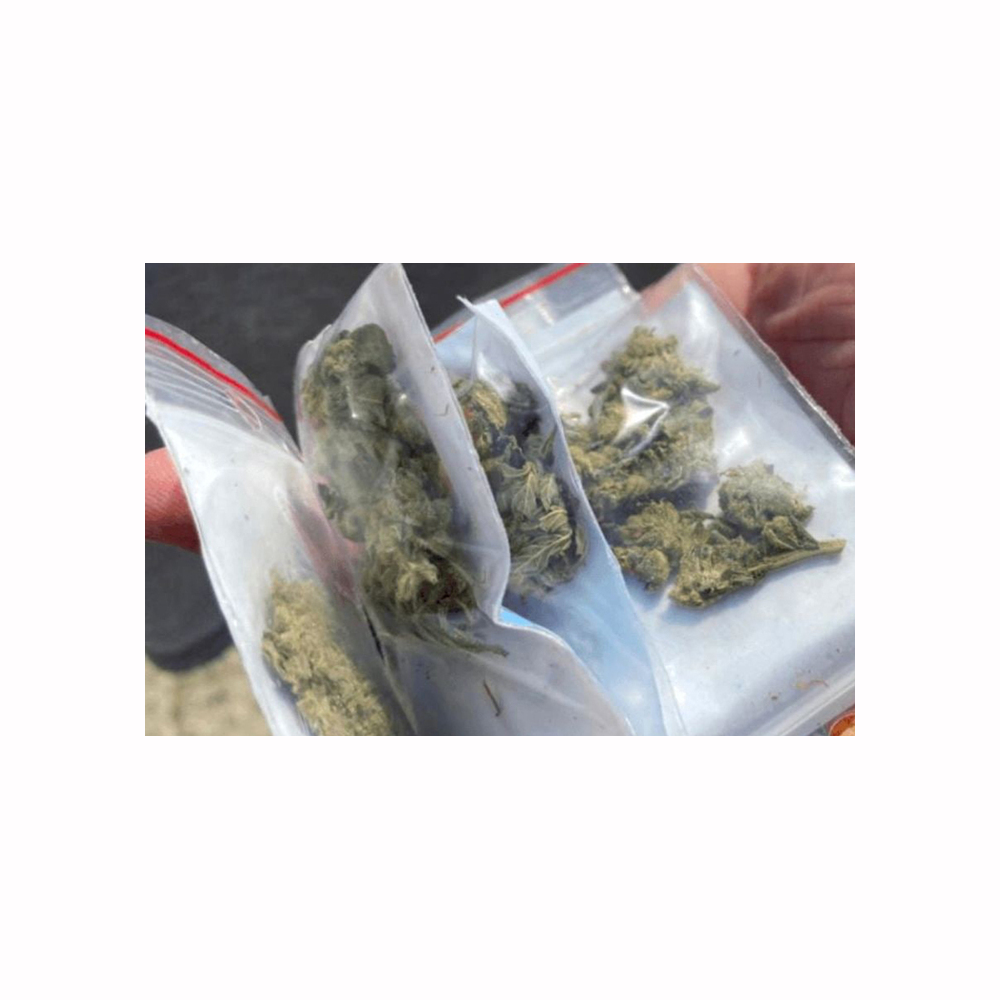 A type of drug
A type of drug
Despite this, the situation underwent a transformation with increased international pressure and the intervention of the World Health Organization at the time. They initiated efforts to push the Iranian government into closing down these venues. Subsequently, the government was compelled to announce a ban on the use and cultivation of opium within the country. They also established a drug control administration with the following initial goals: 1. Preventing the cultivation of opium. 2. Shutting down opium consumption sites and places of drug use. 3. Combating drug traffickers through legal channels. 4. Providing treatment for addicts.
Iran's battle against drugs
This scenario persisted until the triumph of the Islamic Revolution, at which point the parliament nullified all laws and regulations related to opium cultivation and drug consumption. The new government imposed severe penalties on drug importers, manufacturers, and users. However, this proved insufficient in addressing the drug problem, which remains one of Iran's most pressing issues and challenges to this day.
Irrespective of the stringent measures and harsh penalties, drugs continue to proliferate and remain readily accessible in Iran. Individuals of all age groups engage in their use, and they are available in various forms and types. According to official statistics, the most commonly used drugs include opium, hashish, and marijuana, followed by crystal meth and heroin. Cocaine, due to its high cost, is primarily consumed by the rich and affluent only.
Rampant drug use persisted until the triumph of the Islamic Revolution, where severe penalties were imposed on drug importers, manufacturers and users, but this wasn't enough to end the drug problem, which remains one of Iran's most pressing issues to this day
Former chief of Iran's anti-narcotics police, Mohammad Masoud Zahedian, addresses this issue, stating that drugs are spreading rapidly, particularly among young people and school students. Zahedian emphasized that marijuana is the most widely consumed drug in the country, and that effectively addressing this problem necessitates stricter legislation and impactful awareness campaigns.
He further elaborates, "One of the key factors contributing to the widespread use of crystal meth, heroin, and opium in Iran is its proximity to Afghanistan, the world's largest drug-producing hub. This proximity has led to a substantial influx of imported drugs, making it quite convenient for those seeking them."
Despite these grim statistics and the heartbreaking scenes of drug users in southern Tehran and various Iranian cities and villages, Iran is only a transit point for Afghan drug exports headed to Europe. The Secretary-General of the Iranian Drug Control Committee reveals that Iran is, in fact, a victim of this trade that it has nothing to do with, expending an annual sum ranging from $700 million to $1 billion just to combat it.
In light of these circumstances, Iran consistently urges other nations to join in the fight against drug trafficking on its territory. This endeavor necessitates substantial financial support and advanced technologies due to the escalating cultivation, production, and smuggling of both traditional and industrial drugs in Afghanistan.
Because drugs are available at low prices in Iran and are accessible to everyone, with little regard to age or gender, their rampant spread has resulted in significant adverse consequences for Iranian society
Their impact on society
Because drugs are available at low prices in Iran and are somewhat accessible to Iranians regardless of age or gender, their wide proliferation has inflicted significant adverse effects on Iranian society. Opium use accounts for 50% of addicts in Iran, with 12% addicted to crystal meth and 9% to marijuana. What raises concern about these figures is that most crystal meth and marijuana users fall within the young and adolescent demographic, being mostly young men and teenagers.
Regarding the ages of Iranian drug users, Dr. Mohammad Sadeq Shirazi, a specialist in addiction treatment, elucidates that 8% of these users range from 14 to 15 years old, 11% are between 16 and 18 years old, and 15% fall within the 18 to 25-year-old bracket. In essence, the final tally underscores that 30 to 35 percent of drug users are aged between 14 and 26.
To address this crisis, Shirazi implores various concerned institutions to collaborate in offering meaningful and useful solutions. He underscores, "Significant headway can't be made through isolated, short-term endeavors alone. Consequently, we must adopt effective, integrated strategies to control this serious issue."
While it's true that the Iranian government is waging a robust campaign against drug trafficking, it has yet to launch any substantial awareness programs. All efforts made in this regard thus far have proved futile and have garnered minimal interest from those affected. The crisis is a major one, and necessitates more serious measures to tackle addiction and safeguard those susceptible to it.
Drugs in Europe
The statistics concerning drug users in Europe are both substantial and alarming. In the past year alone, approximately 3.5 million Europeans have engaged in cocaine use, with 2.2 million of these being young individuals and teenagers aged between 15 and 34.
Iran consistently calls upon other nations to join the fight in combating drug trafficking within its borders, but this endeavor demands substantial financial support and advanced technologies due to the growing cultivation and production of illicit drugs
The extent of cocaine consumption varies across European countries, with more widespread use observed in the southern and western regions of the continent. Cocaine holds the second position, following cannabis, as the most frequently prohibited substance in Europe. Belgium, the Netherlands, and Spain are recognized as the primary entry points for cocaine originating from Latin America into Europe.
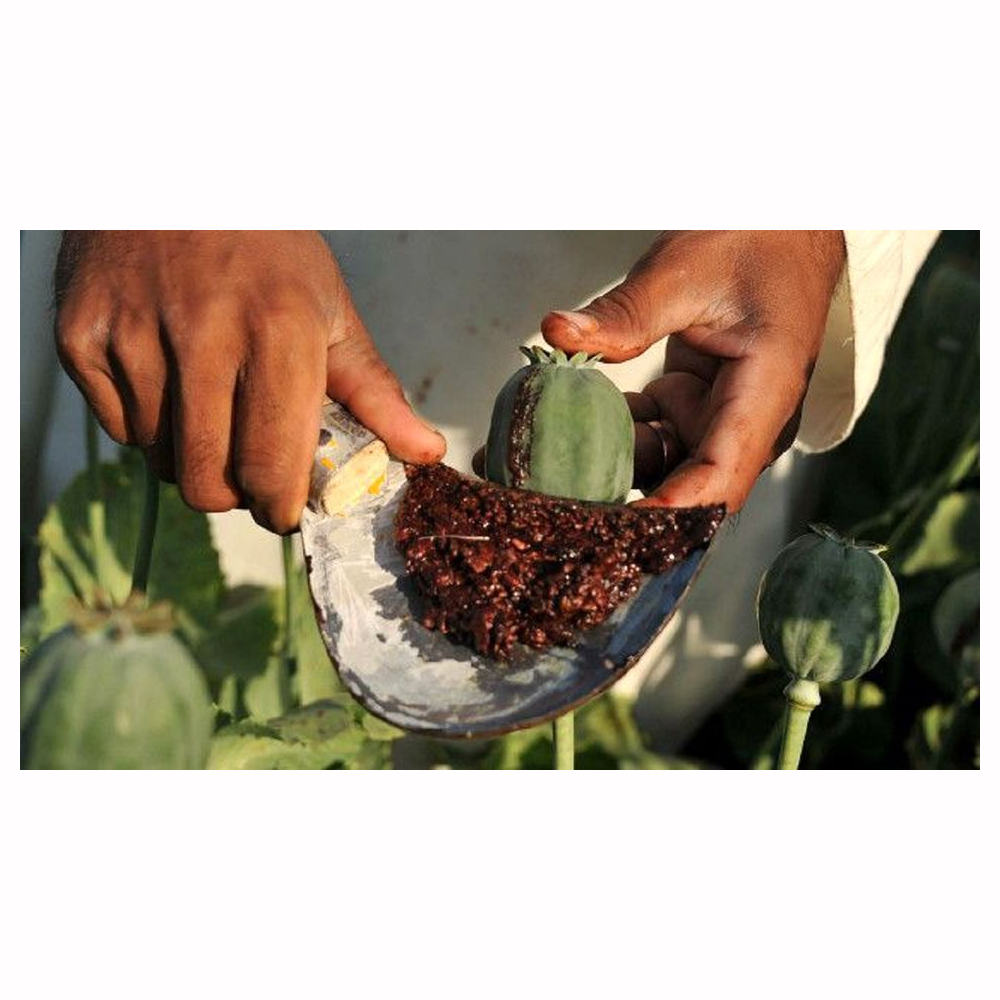 Drug farms
Drug farms
Afghan traders have successfully penetrated Iran's drug market for decades, with little effective deterrence from the Iranian government. Consequently, they have gained access to lucrative European markets through Iran. The estimated sales volume of their trade in the retail market alone amounts to approximately 10.5 billion euros.
To address the issue of drug smuggling, Iran asserts that it is vigorously combating the problem and actively working to prevent the transit of narcotics through its territory. These comprehensive efforts underscore the challenges faced by Iran and the global community as a whole in the realm of drug control. Through cooperation, coordination, information sharing, and the adoption of integrated strategies, substantial and real progress can be achieved in developing comprehensive and effective solutions to curb the proliferation of drugs and safeguard young people and communities from their detrimental effects.
Raseef22 is a not for profit entity. Our focus is on quality journalism. Every contribution to the NasRaseef membership goes directly towards journalism production. We stand independent, not accepting corporate sponsorships, sponsored content or political funding.
Support our mission to keep Raseef22 available to all readers by clicking here!
Interested in writing with us? Check our pitch process here!
